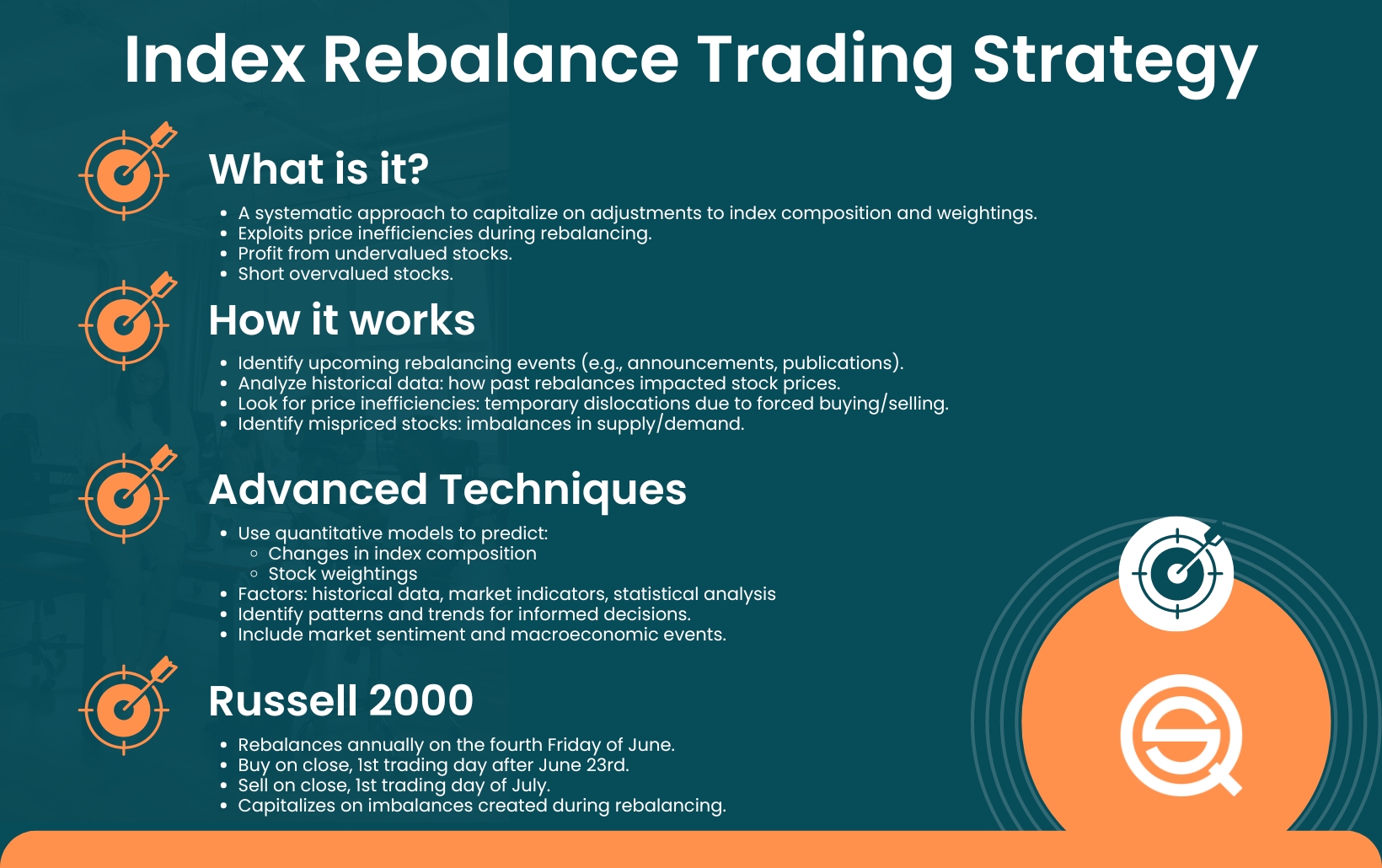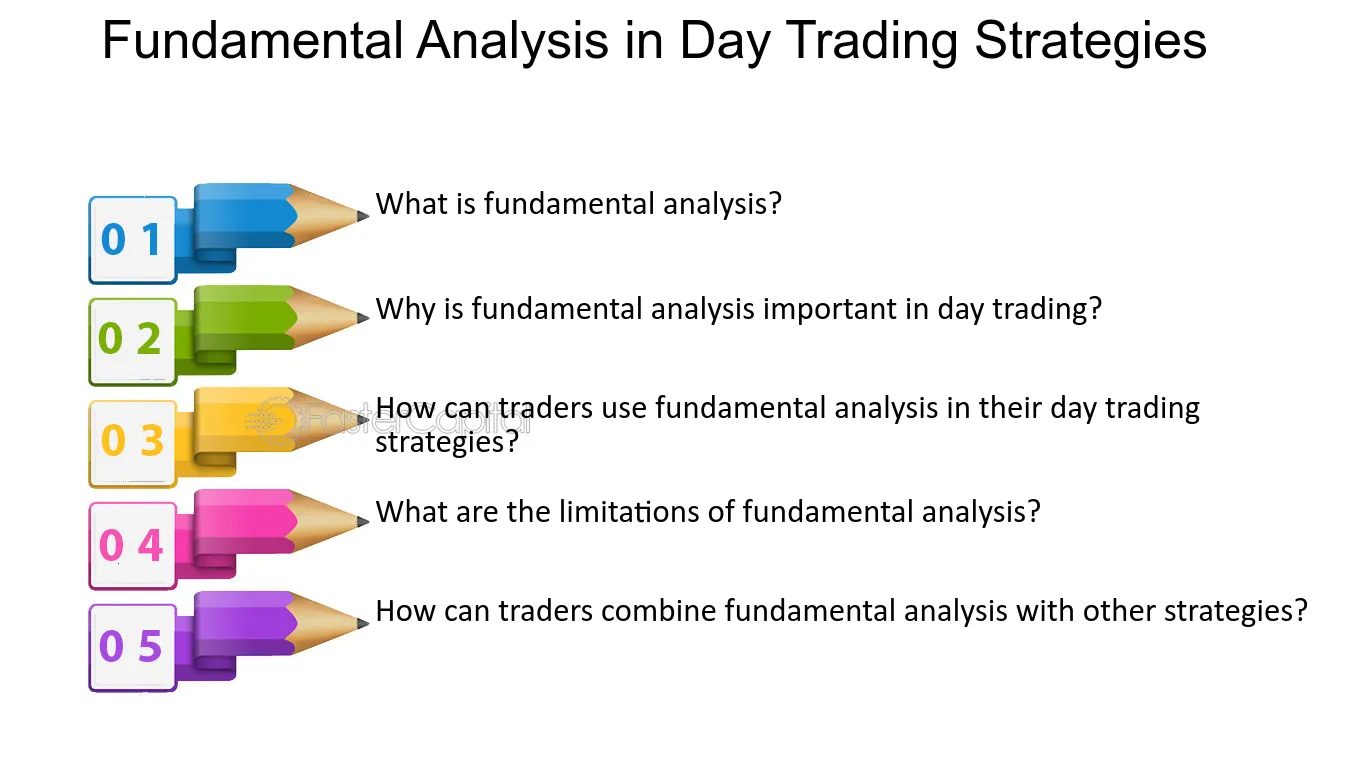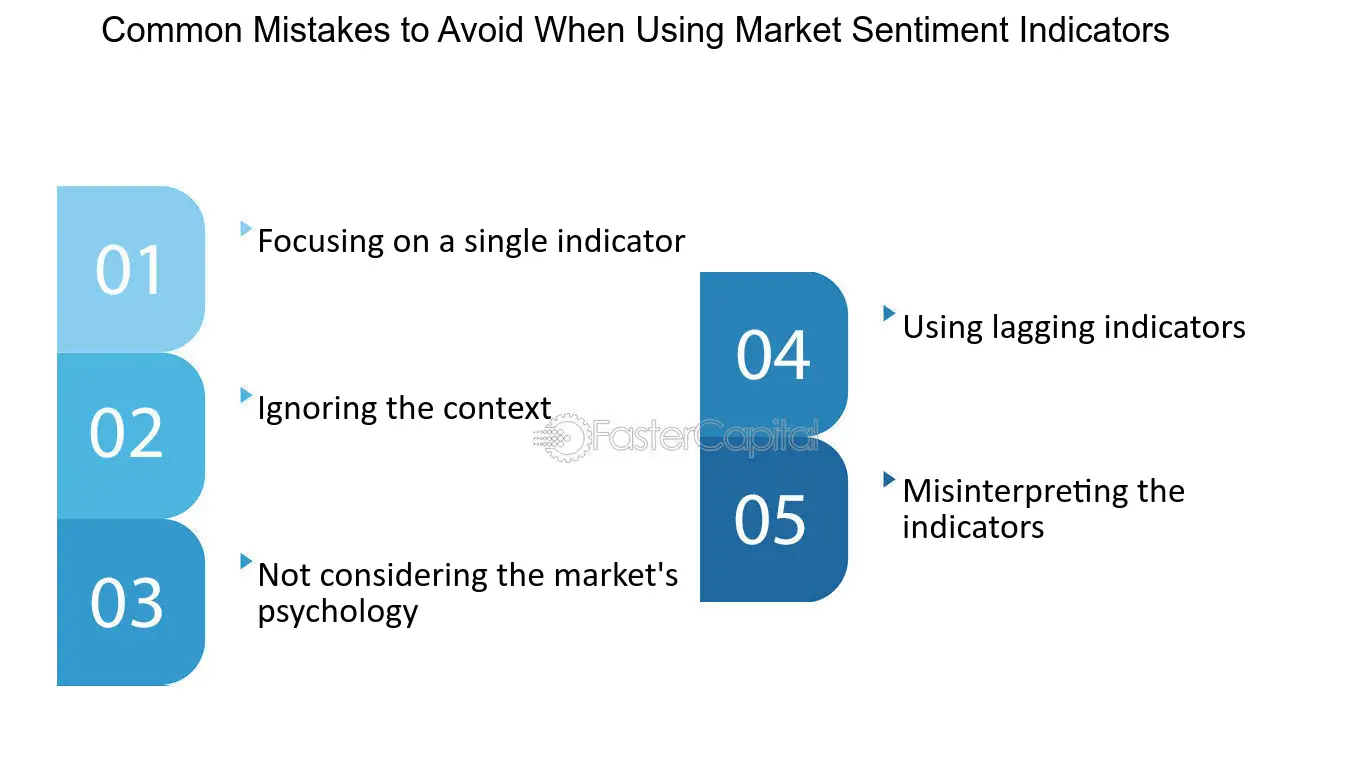Did you know that traders once relied on the weather to predict market movements—talk about a cloudy forecast? In today's fast-paced trading environment, sentiment analysis has emerged as a powerful tool for day traders looking to enhance their strategies. This article delves into the essentials of sentiment analysis, detailing its significance, effective techniques, and the transformative role of natural language processing (NLP). You’ll discover how social media and news articles shape trading decisions, the best tools for analysis, and how machine learning can refine your approach. Additionally, we’ll cover the indicators to watch, the limitations of sentiment analysis, and strategies for integrating this data into risk management. Join DayTradingBusiness as we unpack these key insights to help you navigate the markets with confidence.
What is sentiment analysis and why is it important for day traders?
Sentiment analysis is the process of evaluating public opinions or emotions expressed in text, often through social media, news, or forums. For day traders, it's important because it helps gauge market sentiment, influencing price movements. Techniques like social media monitoring, news sentiment scoring, and natural language processing (NLP) can identify trends and potential trading opportunities. By understanding market sentiment, traders can make informed decisions, manage risks, and capitalize on short-term price fluctuations.
Which sentiment analysis techniques are most effective for day trading?
The most effective sentiment analysis techniques for day trading include:
1. Social Media Monitoring: Analyzing platforms like Twitter and Reddit for real-time sentiment around stocks can reveal market trends.
2. News Sentiment Analysis: Using tools to assess the sentiment of financial news articles can help gauge market reactions to events.
3. Natural Language Processing (NLP): Implementing NLP algorithms to analyze earnings calls, press releases, and analyst reports can uncover bullish or bearish sentiments.
4. Market Sentiment Indicators: Tools like the Fear & Greed Index or put/call ratios provide insights into overall market mood.
5. Sentiment Scoring Models: Developing models that quantify sentiment from various sources helps in making data-driven trading decisions.
Utilizing these techniques effectively can enhance decision-making and improve trading outcomes.
How can natural language processing (NLP) enhance sentiment analysis in trading?
Natural language processing (NLP) enhances sentiment analysis in trading by analyzing news articles, social media, and financial reports to gauge market sentiment. NLP algorithms can identify positive or negative language, detect trends, and quantify emotions related to specific stocks or market conditions. Techniques like tokenization, sentiment scoring, and entity recognition help traders make informed decisions based on real-time data. By leveraging NLP, day traders can quickly react to market shifts, improving their chances of success.
What role do social media sentiments play in day trading decisions?
Social media sentiments significantly influence day trading decisions by providing real-time insights into market trends and investor emotions. Traders analyze platforms like Twitter and Reddit to gauge public sentiment toward stocks.
Key sentiment analysis techniques include:
1. Natural Language Processing (NLP): Used to interpret and quantify sentiments from social media posts.
2. Sentiment Scoring: Assigning positive, negative, or neutral scores to posts helps identify market sentiment trends.
3. Trend Analysis: Monitoring sentiment over time reveals shifts that may precede price movements.
4. Keyword Tracking: Focusing on trending keywords related to specific stocks aids in predicting potential volatility.
By leveraging these techniques, day traders can make informed decisions based on prevailing sentiments, enhancing their ability to capitalize on market fluctuations.
How do news articles influence sentiment analysis for day traders?
News articles significantly influence sentiment analysis for day traders by providing real-time insights into market events, trends, and public perception. Techniques include:
1. Natural Language Processing (NLP): Analyzing the tone and context of articles helps gauge market sentiment quickly.
2. Sentiment Scoring: Assigning numerical values to news articles based on positive or negative language aids in quantifying market mood.
3. Social Media Integration: Combining news articles with social media sentiment enhances predictive accuracy, reflecting broader public opinion.
4. Event Detection: Identifying key news events allows traders to anticipate price movements based on sentiment shifts.
5. Machine Learning Models: Utilizing algorithms trained on historical data can improve the accuracy of predicting market reactions to news.
These techniques enable day traders to make informed decisions based on the sentiment derived from news articles.
What are the best tools for sentiment analysis in day trading?
The best tools for sentiment analysis in day trading include:
1. Social Media Analytics: Tools like TweetDeck or Hootsuite can monitor Twitter and Reddit for real-time sentiment shifts.
2. News Aggregators: Platforms like Feedly or Google News Alert provide updates on market-moving news, helping traders gauge sentiment.
3. Sentiment Analysis APIs: Services like Lexalytics or MonkeyLearn analyze text data for sentiment, valuable for processing large volumes of information quickly.
4. Market Data Platforms: Tools like Bloomberg Terminal or TradingView offer integrated sentiment indicators based on market trends and news.
5. Sentiment Indicators: Look for tools that provide metrics like the Fear & Greed Index or put/call ratios to assess market sentiment.
Using these tools can help day traders make informed decisions based on market psychology.
How can day traders use sentiment analysis to predict market trends?
Day traders can use sentiment analysis to predict market trends by leveraging techniques like social media monitoring, news sentiment scoring, and market sentiment indicators.
1. Social Media Monitoring: Track platforms like Twitter and Reddit for real-time sentiment. Tools like TweetDeck or sentiment analysis software can help gauge public mood around specific stocks.
2. News Sentiment Scoring: Analyze headlines and articles using natural language processing tools. Positive or negative sentiment can influence stock movements, so quick responses to news can provide an edge.
3. Market Sentiment Indicators: Use indicators like the Fear & Greed Index or put-call ratios. These can signal whether the market is in a bullish or bearish phase, guiding entry and exit points.
By combining these techniques, day traders can align their strategies with prevailing market sentiments, increasing their chances of profitable trades.
What indicators should day traders look for in sentiment analysis?

Day traders should look for indicators such as social media trends, news sentiment, volume of mentions, and stock price reactions to news. Monitor sentiment scores from platforms like Twitter or StockTwits, and use tools that analyze news headlines for positive or negative tone. Pay attention to changes in trading volume and price movements in relation to sentiment shifts. Also, consider sentiment indicators like the Fear & Greed Index, which can signal market extremes.
How can machine learning improve sentiment analysis for traders?
Machine learning enhances sentiment analysis for traders by analyzing large volumes of data quickly and accurately. Techniques like natural language processing (NLP) can identify sentiment from news articles, social media, and financial reports. Algorithms can classify sentiments as positive, negative, or neutral, allowing traders to gauge market sentiment in real time.
Deep learning models, such as recurrent neural networks (RNNs), can capture context and nuances in language, improving prediction accuracy. Additionally, sentiment analysis can be combined with trading signals to inform buy or sell decisions, helping traders react swiftly to market changes. By utilizing historical sentiment data, machine learning can also forecast future price movements, giving traders a competitive edge.
What are the limitations of sentiment analysis in day trading?

Sentiment analysis in day trading has several limitations. First, it often relies on textual data, which can be ambiguous and misinterpreted. Second, it may not capture real-time market shifts, leading to delayed reactions. Third, sentiment data can be influenced by noise, such as social media hype or misleading news, which may not reflect true market sentiment. Additionally, sentiment analysis tools may struggle with sarcasm or nuanced expressions, affecting accuracy. Finally, over-reliance on sentiment can overlook fundamental analysis, which is crucial for making informed trading decisions.
How can traders measure the sentiment of specific stocks or sectors?
Traders can measure sentiment using several techniques:
1. Social Media Analysis: Monitor platforms like Twitter or StockTwits for real-time opinions and trends about specific stocks.
2. News Sentiment: Use news sentiment analysis tools to gauge the tone of articles related to stocks or sectors, focusing on positive or negative coverage.
3. Market Data: Analyze trading volume and price movements to identify bullish or bearish sentiment. High volume on price increases often indicates positive sentiment.
4. Options Activity: Look at options trading data, like put/call ratios, to understand market sentiment. A high call volume may suggest bullish sentiment.
5. Surveys and Polls: Utilize investor sentiment surveys, such as the AAII Sentiment Survey, to see how traders feel about specific stocks or sectors.
6. Technical Indicators: Employ indicators like the Fear & Greed Index or sentiment indicators that track investor emotions to assess overall market or sector sentiment.
Combine these techniques for a comprehensive view of sentiment around specific stocks or sectors.
What data sources are most reliable for sentiment analysis in trading?
The most reliable data sources for sentiment analysis in trading include social media platforms like Twitter, financial news websites, stock forums (like Reddit's WallStreetBets), and sentiment analysis tools (e.g., AlphaSense, MarketPsych). Additionally, earnings call transcripts and analyst reports provide valuable insights. Combining these sources enhances accuracy in gauging market sentiment.
How can sentiment analysis help in risk management for day traders?
Sentiment analysis helps day traders assess market mood, identify trends, and make informed decisions quickly. Techniques include:
1. Social Media Monitoring: Track platforms like Twitter and Reddit to gauge public sentiment about specific stocks.
2. News Sentiment Analysis: Analyze headlines and articles for positive or negative sentiment that could impact stock prices.
3. Market Sentiment Indicators: Use tools like the Fear & Greed Index to evaluate overall market emotions, guiding trading strategies.
4. Natural Language Processing (NLP): Apply NLP to dissect earnings calls or financial reports for insights on company performance and investor sentiment.
By leveraging these techniques, day traders can anticipate market movements and mitigate risks effectively.
Learn about How automation can help control stop-loss risk in day trading
What are the key differences between qualitative and quantitative sentiment analysis?
Qualitative sentiment analysis focuses on understanding the underlying emotions and opinions in text, often using methods like interviews or open-ended surveys. It provides nuanced insights but is less scalable. Quantitative sentiment analysis, on the other hand, uses numerical data and statistical methods to measure sentiment, often relying on algorithms to analyze large datasets. It offers measurable results and can handle volume, but may miss deeper emotional context. For day traders, combining both approaches can yield a comprehensive view of market sentiment.
How often should day traders update their sentiment analysis?
Day traders should update their sentiment analysis multiple times throughout the trading day, ideally every hour or even more frequently during high volatility. Real-time data is crucial, so monitoring news, social media, and market sentiment indicators can help capture shifts in trader psychology. This allows for quick adjustments to strategies based on the latest market sentiment.
What are common mistakes to avoid when using sentiment analysis in trading?

1. Relying solely on sentiment data: Combine sentiment analysis with technical and fundamental analysis for better decision-making.
2. Ignoring context: Consider the broader market context; sentiment can be misleading without understanding the underlying reasons.
3. Overreacting to short-term trends: Avoid making quick trades based on fleeting sentiment spikes; wait for consistent patterns.
4. Failing to validate sources: Use credible and diverse data sources to ensure accuracy in sentiment readings.
5. Neglecting quantitative analysis: Balance qualitative sentiment analysis with quantitative metrics to enhance trading strategies.
6. Misinterpreting noise: Distinguish between genuine sentiment shifts and market noise to avoid false signals.
7. Underestimating market impact: Recognize that large sentiment shifts can trigger significant price movements; don’t ignore potential volatility.
8. Overlooking sentiment lag: Be aware that sentiment indicators can lag behind price movements, leading to delayed reactions.
Learn about Common Mistakes in Day Trading Sentiment Analysis
Conclusion about Top Sentiment Analysis Techniques for Day Traders
Incorporating sentiment analysis techniques is vital for day traders looking to enhance their decision-making process. By leveraging tools such as natural language processing, social media insights, and machine learning, traders can better predict market trends and manage risks. Understanding the limitations and data sources of sentiment analysis can significantly improve strategy effectiveness. For those aiming to refine their trading approach, exploring the insights provided by DayTradingBusiness can further elevate your trading game.
Learn about Volume Analysis Techniques for Day Traders
Sources:
- The impact of sentiment and attention measures on stock market ...
- A profitable trading algorithm for cryptocurrencies using a Neural ...
- Machine learning techniques and data for stock market forecasting ...
- Transforming sentiment analysis in the financial domain with ChatGPT
- Sentiment analysis of financial Twitter posts on Twitter with the ...
- Sentiment analysis for stock market research: A bibliometric study ...